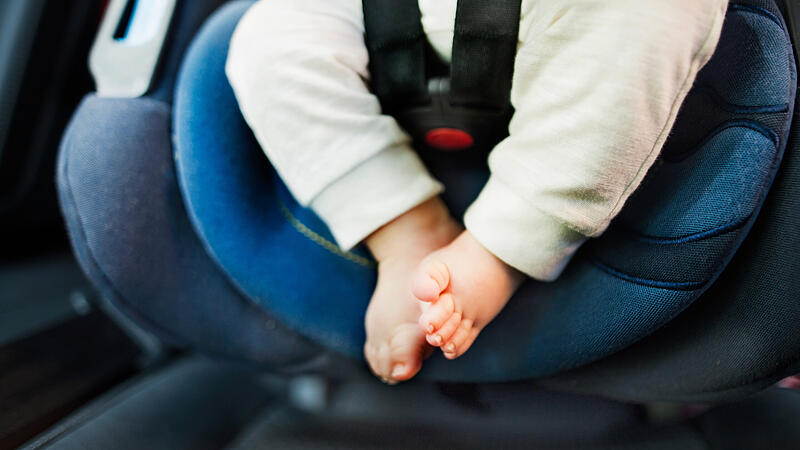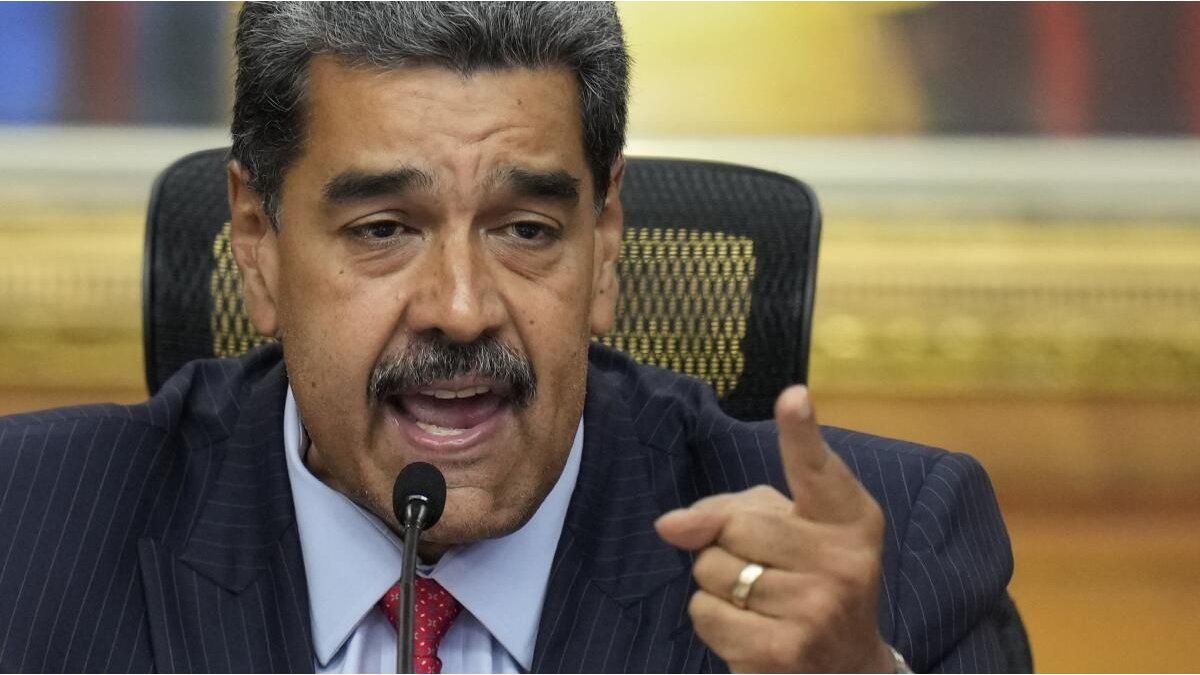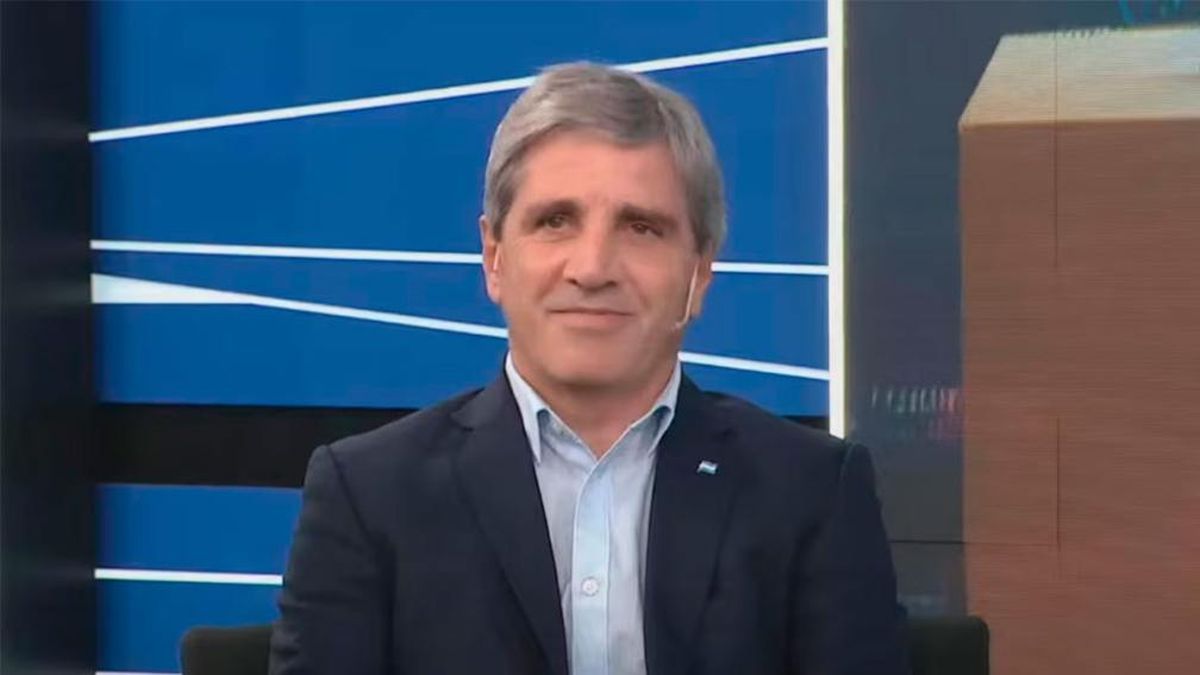Image: colourbox,de
Two child seats failed the second test in 2023 by the ÖAMTC and its partners. Both were rated “Not Satisfactory” due to pollutants. A total of 20 seats in all sizes were tested and evaluated with regard to the criteria of safety, operation, ergonomics and pollutant content. ÖAMTC technician Steffan Kerbl’s conclusion: “Seventeen ‘good’ and one ‘satisfactory’ in the test are a good result overall.” Everyone was safe in the crash.
“The differences in the evaluation usually result from the usability or the risk of incorrect operation,” explained the expert. Harmful substances in child seats are a recurring topic in mobility club tests. “This also affects well-known manufacturers – this time the ‘Pebble 360 Pro’ including the base ‘FamilyFix 360 Pro’ from Maxi-Cosi. You can’t see it, you can’t smell it – and the price doesn’t say anything about it either. That’s why ours complex and objective tests are so important for parents,” stated the ÖAMTC expert. The pollutant naphthalene that was found is suspected of having a carcinogenic effect.
- Also read: Seven tips for a relaxed holiday trip with children
Before buying a child seat, parents should find out more about what is available. “The results since 2020 are directly comparable with the current ones. In addition, all seats rated ‘Very Good’, ‘Good’ and ‘Satisfactory’ since 2015 can still be recommended without hesitation,” said Kerbl. Even if a personal favorite has already emerged, the purchase should ideally be made in your own car and together with the child in a specialist shop or at an ÖAMTC base. “Not every child seat can be safely installed in the desired place in every car and children do not sit equally well in every seat and accept it,” said Kerbl. The trained specialist staff know what is important and know the answers to the many questions young parents have.
There is a change in the approval of child seats, explained Kerbl. “As of September 2023, child seats with ‘UN Reg. 44’ approval may no longer be manufactured or imported into the EU. However, sales of stock goods are still possible up to and including August 2024. A ban on the use of child seats with ‘UN Reg. 44’ -Approval is not planned, so existing seats can continue to be used without restrictions.” The older standard UN ECE Reg. 44 divides child seats into clearly defined weight classes; the most current standard i-Size (UN ECE Reg. 129) is based on the size of the child.
- Also read: How heavy can a school bag really be?
The ÖAMTC advises against buying online or purchasing used child seats. “This can become a game of chance. Many unknown brands advertise for the favor of online buyers with supposedly good user reviews – quality, origin, safety, pollutant levels or EU approval cannot be determined by laypeople either from photos or in real life from the seat delivered “The private purchase of used seats also poses a certain safety risk,” warned Kerbl. He recommends looking for offers and discontinued models in specialist retailers instead.
Due to its design, the first baby seat is only used for one to one and a half years, then the next larger child seat is required. ÖAMTC members who don’t necessarily want to buy their own new seat during this time can also rent a baby seat cheaply from the mobility club.
You can find the exact test result here
My themes
For your saved topics were
new articles found.

info By clicking on the icon you can add the keyword to your topics.
info
By clicking on the icon you open your “my topics” page. They have of 15 keywords saved and would have to remove keywords.
info By clicking on the icon you can remove the keyword from your topics.
Add the topic to your topics.
Source: Nachrichten




